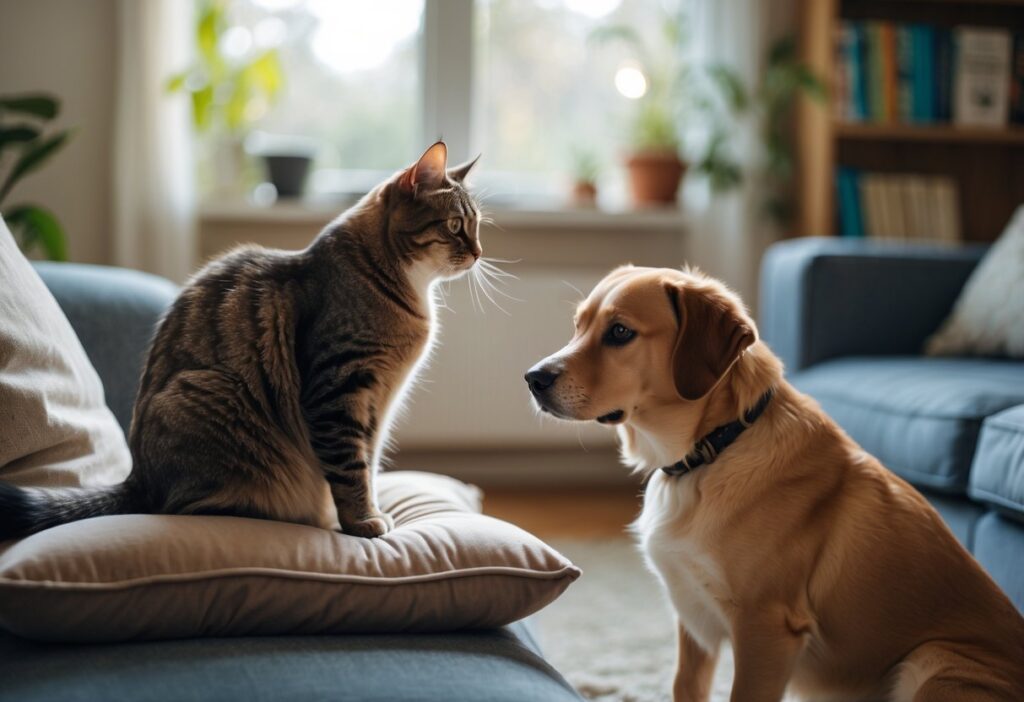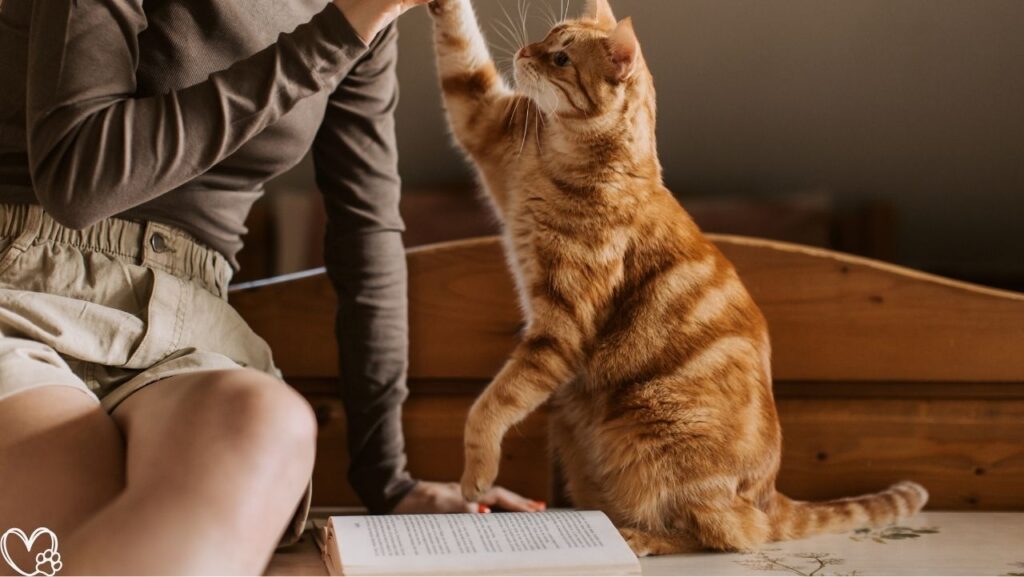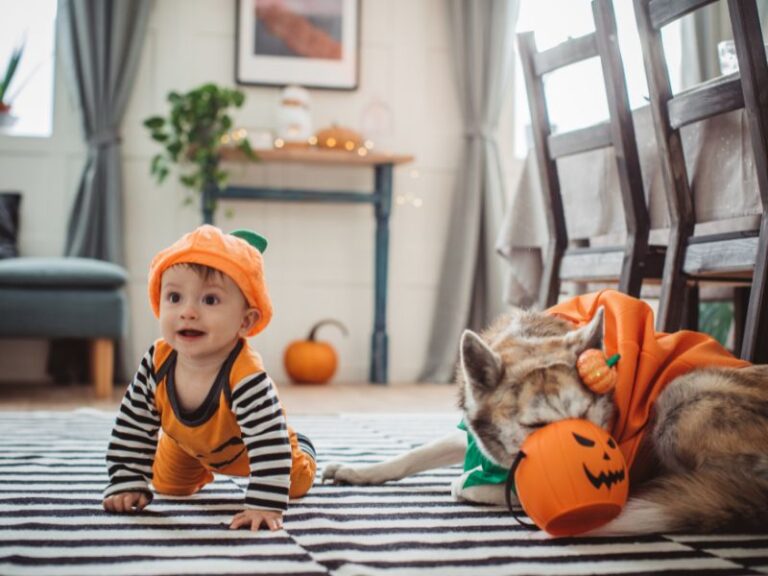Understanding what your cat or dog is really trying to tell you can deepen the bond you share. Pets use body language, sounds, and behaviors to express their feelings and needs.
By learning to read these signals, you can respond better to your pet’s emotions and strengthen your relationship.

Your furry friend communicates without words, showing happiness, fear, or stress through simple actions like tail wagging or ear movements. Paying attention to these signs helps you avoid misunderstandings and support your pet’s well-being.
Decoding Pet Behavior: What Your Cat or Dog Is Really Telling You
Your cat or dog uses many signals to share how they feel. Their body movements, sounds, and gestures carry messages about their emotions, needs, and comfort around you.
Understanding these clues helps you respond better and build trust.
Understanding Canine and Feline Body Language
Dogs and cats communicate mainly through body language. For dogs, a wagging tail usually signals happiness, but a slow wag or tucked tail shows anxiety or fear.
Watch their ears too—forward ears mean alertness, while flattened ears suggest stress or submission.
Cats use their tails differently. A high, upright tail signals confidence, while a low or twitching tail shows irritation.
Cats also use body posture; a relaxed cat lies stretched out, while a crouched body means they feel threatened.
Both cats and dogs use eye contact carefully. Direct eye contact can appear threatening, but soft blinking in cats is a sign of trust.
Common Behaviors and Their Meanings

Your pet’s actions often tell you what they want or feel. Dogs show excitement by jumping or barking but may growl if they feel scared.
Pawing can mean they want attention or are anxious. Cats knead with their paws to show comfort or mark territory.
Scratching is a natural behavior for claw care and claiming space. Both animals may hide when stressed or unwell.
Play behavior in dogs can include bowing with their front legs stretched out. Cats may swat gently during play but will hiss or arch their back if feeling defensive.
Vocalizations: Barks, Meows, and Beyond
Sounds are another way pets communicate. Dogs bark with different tones: a sharp bark may warn of danger, while a soft bark usually seeks attention.
Whining often signals discomfort or need. Cats meow mainly to communicate with people, not other animals.
A short meow can greet you, while a prolonged meow might ask for something like food. Purring usually indicates contentment but can also be a self-soothing signal when a cat is anxious or sick.
Understanding these vocal cues helps you respond appropriately and reduce confusion. Paying attention to tone and frequency gives you a clearer picture of what your pet needs.
Personality and Relationships: How Pets Reflect and Shape Us

Your choice of pet often matches parts of your personality, but it also influences how you relate to others. Cats and dogs bring out different sides of you, changing your habits and emotional connections.
Cat People vs. Dog People: Personality Insights
If you are a dog person, you may be seen as more outgoing and social. Dog lovers often enjoy routine, physical activity, and spending time outdoors with their pets.
Dogs need regular attention, which can make you more disciplined and active. Cat people tend to be more independent and introspective.
Cat lovers usually appreciate quiet moments and may prefer a calmer lifestyle. Your cat’s personality can reflect your own need for space and a flexible schedule.
Both cats and dogs reveal parts of your character. You may find that your pet’s energy level, independence, or social needs mirror your own qualities.
So, what are our pets really telling us? Maybe it’s that they’re just as complex and quirky as we are. Learning to listen—really listen—to their signals isn’t just about training or routines; it’s about respect and curiosity. And honestly, isn’t that what makes living with them so rewarding in the first place?
Emotional Bonds and Communication Patterns
You probably talk to your dog in a way that’s totally different from how you interact with your cat. Dogs tend to react to clear commands and, honestly, they love a bit of enthusiastic affection.
Your relationship with a dog grows through play, some training sessions, and all those shared adventures. This kind of interaction can really bring out that nurturing, protective streak in a person.
When it comes to cats, things shift. Communication is all about subtlety.
Cats send messages with a flick of the tail or a soft purr, and you get used to picking up on those tiny cues. It takes a bit more patience, and maybe a willingness to give them space when they need it.
Learning to respect a cat’s boundaries can honestly deepen your understanding—not just of them, but maybe of yourself too.
Key differences:
| Aspect | Dog Owners | Cat Owners |
|---|---|---|
| Communication Style | Direct, vocal, active | Subtle, non-verbal, gentle |
| Emotional Connection | Playful, protective | Observant, respectful |
| Relationship Impact | Encourages routine and energy | Supports independence and calm |
Honestly, your pet’s personality can shape your emotional life in ways you might not expect. Whether you’re drawn to a dog’s energy or a cat’s quiet companionship, it’s wild how much they can change how you connect—with them and, maybe, with everyone else around you.


